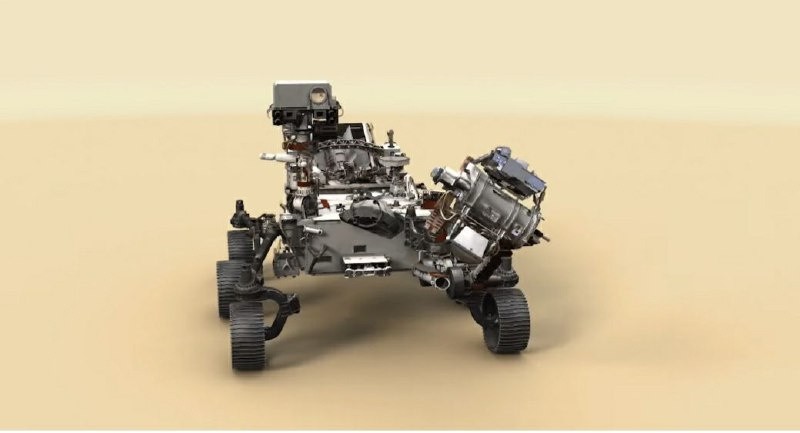
NASA's Perseverance rover is roaming the Martian landscape wherever it pleases thanks to its AutoNav feature.
Perseverance Rover Decides Its Own Destination
The little white rover from NASA has started its autonomous driving by using the newly enhanced AutoNav system that the agency has come up with. The technology lets the rover roam across the red planet by itself and no longer requires human drivers millions of miles from Earth.
NASA explained that the AutoNav has powerful techniques when compared to its predecessor. The features include creating 3D maps of the terrain where the rover will go as well as identify possible hazards and plan routes around it.
This makes the Perseverance drive more efficiently and travel at faster speeds as it does the driving by itself now.
Vandi Verma, a senior engineer, rover planner, and driver at NASA's Jet Propulsion Laboratory or JPL located in California, says that Perseverance has the capacity to "think while driving".
The rover is continuously thinking about the next move as it travels across the Martian landscape. The top speed of the Perseverance is reported to be 393 feet, or 120 meters per hour, six times faster than Curiosity only being able to reach 66 feet per hour.
Perseverance Rover is Way Better Than Curiosity
NASA has greatly increased the performance and capabilities of the Perseverance as compared to Curiosity.
The AutoNav itself increases the speed to "four or five times," as said by Michael McHenry of the mobility domain lead and part of JPL's rover planners.
"We're driving a lot farther in a lot less time than Curiosity demonstrated," the space agency said.
AutoNav is one of the key features that can allow the wheeled rover to be able to complete its objective on the floor of the Jezero Crater. The objective is to scan and drill Martian soil to detect signs of ancient microscopic life, if there is.
The Perseverance now gives researchers the means to bypass complex terrains instead of normally going around it -- something its predecessor was not equipped to do. The AutoNav system, however, doesn't entirely remove human intervention. Rather, it just increases the autonomy of the rover.
If there are any problems that would arise from the rover's autonomy, human drivers are expected to take full control to make sure that the equipment is in good hands.
Possible Future for AutoNav
Researchers are already contemplating on what to do and how to improve the AutoNav. Team members said that they plan to use the AutoNav to "take the wheel" for humans in the future as they reach the landscape of Mars and beyond.
Granting the technology could be a great help for people who plan on building a settlement on the red planet in the future. It's only a matter of time before that happens, but for now, AutoNav is a great step into realising fully automated controls that we may utilize in the future.
This article is owned by Tech Times
Written by Alec G.
ⓒ 2025 TECHTIMES.com All rights reserved. Do not reproduce without permission.




